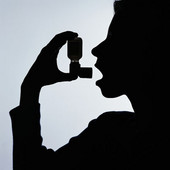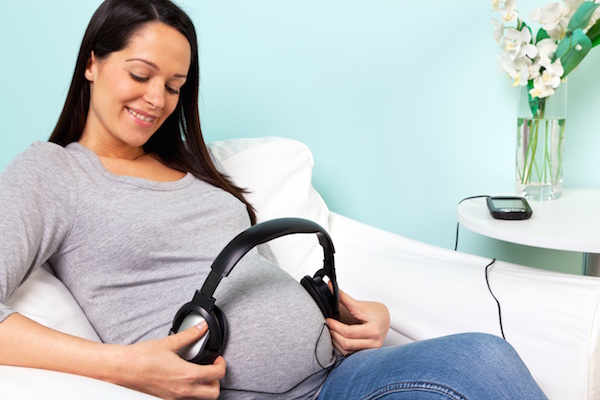
TUESDAY, March 27 (HealthDay News) — When health insurers require parents to pay a larger share of the cost of asthma medications for their children, more kids need emergency asthma treatment, suggests new research.
For children older than 5, higher out-of-pocket costs results in a small reduction in medication use and greater rates of hospitalization for asthma complications, the study found.
“Asthma is the most common chronic disease in children. We looked at adherence to asthma medications that are intended to be taken year-round to prevent exacerbations [flare-ups],” said one of the study’s authors, Dr. Anupam Jena, a physician at Massachusetts General Hospital and Harvard Medical School and a senior fellow at the Schaeffer Center for Health Policy and Economics at the University of Southern California.
Jena said that adherence rates for these medications — the rate at which patients stick to their drug regimen — is often low, and that children used the medication as prescribed about 40 percent of the year. The investigators found that increasing out-of-pocket costs caused a slight reduction in adherence, which was associated with more hospitalizations.
Results of the study, which included insured children only, are published in the March 28 issue of the Journal of the American Medical Association.
Asthma, characterized by chronic airway inflammation, can be fatal if not properly managed. For the study, the authors reviewed data from insurance claims filed for nearly 8,900 U.S. children with asthma between 1997 and 2007. All were prescribed a medication meant to prevent asthma flare-ups, such as a corticosteroid inhaler or the oral pill montelukast (Singulair). The study didn’t look at “rescue” inhalers called beta-agonists, such as albuterol. These are used when someone has asthma symptoms, but they don’t prevent asthma attacks.
Currently, no generic asthma medications are available.
Corticosteroid inhalers, such as Flovent (fluticasone) and Asmanex (mometasone), cost between $120 and $140 without insurance. Singulair may cost about $170 with no insurance coverage. The price someone with insurance pays varies greatly depending on the insurance plan.
The researchers found that the annual average out-of-pocket costs of preventive asthma medications were $154 for children 5 to 18 years old, and $151 for children under 5.
Overall, the 5- to 18-year-old group had enough medication prescriptions filled to cover about 41 percent of the year. Medication adherence was slightly better for the younger age group, with prescriptions filled to cover about 46 percent of the year, the study found.
When the researchers compared medication use based on out-of-pocket costs for the 5- to 18-year-olds, they found those in the 25th percentile (meaning lowest costs of about $100 a year) filled prescriptions to cover 41.7 percent of the year compared to 40.3 percent for the 75th percentile for cost (about $190 a year). They found no change in the 5-and-under group.
Hospitalizations were highest (2.4 hospitalizations per 100 children) in those who had the highest co-pays versus those with the lowest (1.7 hospitalizations per 100 children) for the older children. Again, no differences were seen for the youngest children.
The researchers also found that children of parents with asthma had higher use of preventive medications than children of parents without the airway disease.
Dr. Shean Aujla, a pulmonologist at Children’s Hospital in Pittsburgh, said it’s likely that parents who have asthma have a better understanding of how the preventive medications work, and the importance of using them consistently.
She said low adherence rates to these medications is a huge problem. “At least 50 percent or more of kids don’t take their medications. Some of it may be because parents are worried about side effects. I think a big part is a lack of understanding that asthma is a chronic disease and you have to use these medications even when there are no symptoms.”
The study “also reminded me that cost may be an issue,” Aujla added. “These medications can be very expensive.”
Jena said that parents may have been more likely to get medications for the youngest children because their asthma symptoms tend to be more severe. He also said that parents often worry a little bit more about younger children.
And, Jena noted, families without health insurance are likely even more price-sensitive than the insured families in this study, and the uninsured probably have even less access to these important medications.
“The most important thing for parents to recognize is that adherence to these medications is not high, but they’re important for good health. They have to be taken on a regular basis, even though a child may not have obvious symptoms. When symptoms are not controlled, asthma can lead to hospitalizations,” said Jena.
More information
Learn more about asthma treatment from the U.S. National Heart, Lung, and Blood Institute.

